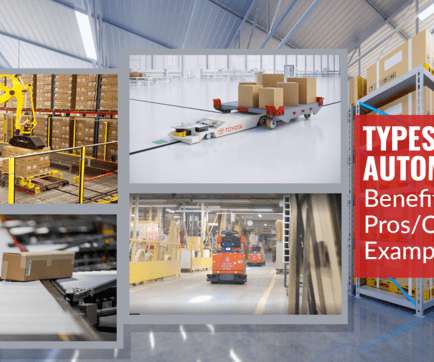The Warehouse Execution System: A New Competitive Imperative
Logistics Viewpoints
DECEMBER 12, 2023
A WES autonomously gathers real-time signals from across the warehouse, then applies artificial intelligence (AI), machine learning (ML), and data science to create plans and solve problems. billion in 2029 , reflecting an average annual growth rate of 14.3%. billion in 2022 to $3.12 What Exactly Does a WES Do?














Let's personalize your content